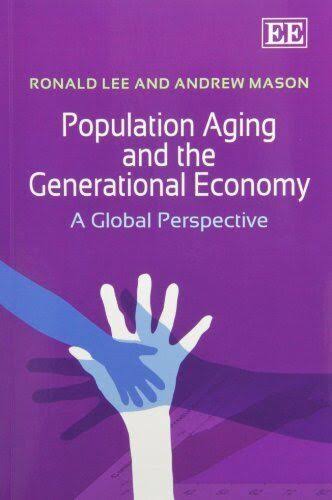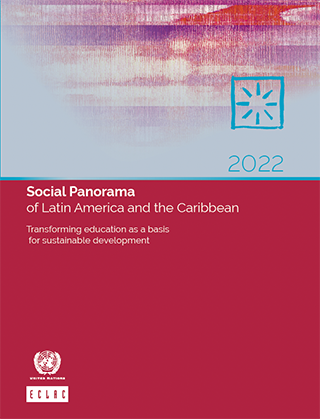The Employment Landscape of Older Migrant Workers in China’s Aging Society: The Role of City-Level and Industry Specialization
By Haobin Fan & Ting Zhang As China’s population ages, more older workers are participating in the labor market, including a significant number of older migrant workers moving to urban areas. However, surprisingly little research has been done on their destination city and employment patterns. This paper addresses this gap by investigating the impact of city-level and industry specialization on the employment prospects of older migrant workers. Using both individual- and city-level data, we find that unlike prime-age migrant workers, older migrant workers have higher...










